Birds are often celebrated for their stunning plumage and melodious songs, but the avian world holds another marvel that is just beginning to receive the attention it deserves – intelligence. Certain bird species demonstrate cognitive abilities akin to those of primates and young children, captivating scientists and bird enthusiasts alike. This article delves into the world of the smartest birds, exploring their extraordinary problem-solving skills and what makes them stand out in the animal kingdom.
Understanding Avian Intelligence

For years, scientists underestimated the intellectual prowess of birds, largely due to the small size of their brains. However, recent research has radically changed this perception, revealing that many birds possess a complex neurological structure that allows for advanced cognitive processes. A significant measure of this intelligence is problem-solving ability, evident in tasks such as using tools, learning by observation, and navigating dynamic environments.
The Extraordinary Corvid Family
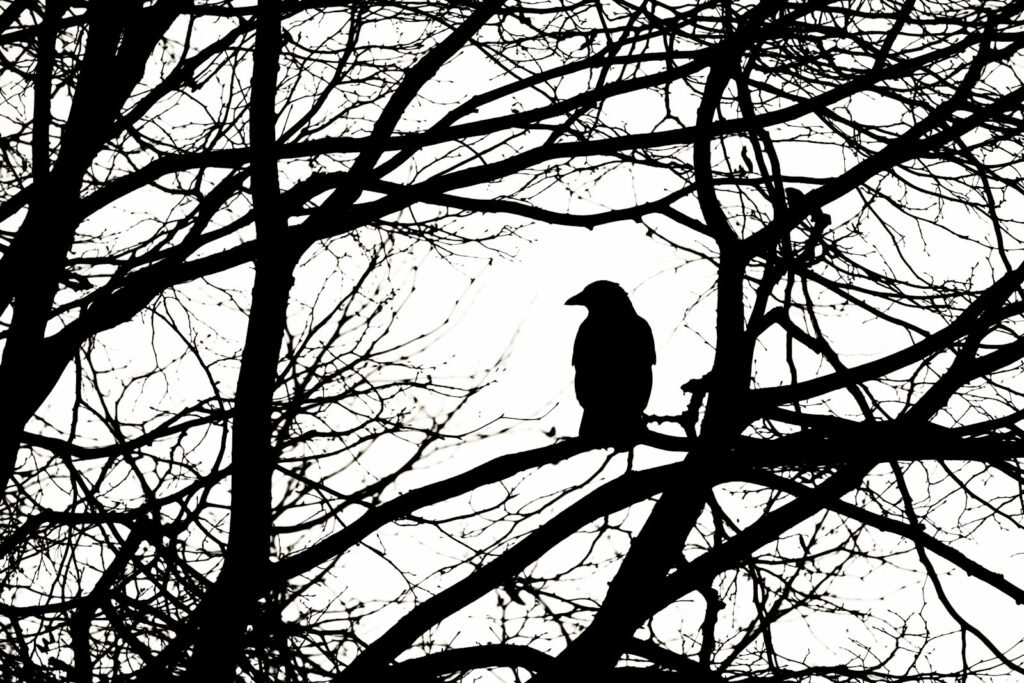
The Corvid family, which includes crows, ravens, and magpies, is renowned for its members’ impressive cognitive capabilities. These birds are not only adept at using tools but are also capable of understanding cause-and-effect relationships. Remarkably, crows have been observed crafting complex tools from leaves and twigs to extract food from hard-to-reach places, demonstrating foresight and planning.
The Astonishing African Grey Parrot

The African Grey Parrot is another contender for the title of smartest bird. Known for their exceptional ability to mimic human speech, these parrots can associate words with meanings and form simple sentences. Research has shown that they possess reasoning skills superior to those of a human toddler, capable of comprehending concepts such as shape, color, and quantity.
Keas: The Mischievous Geniuses
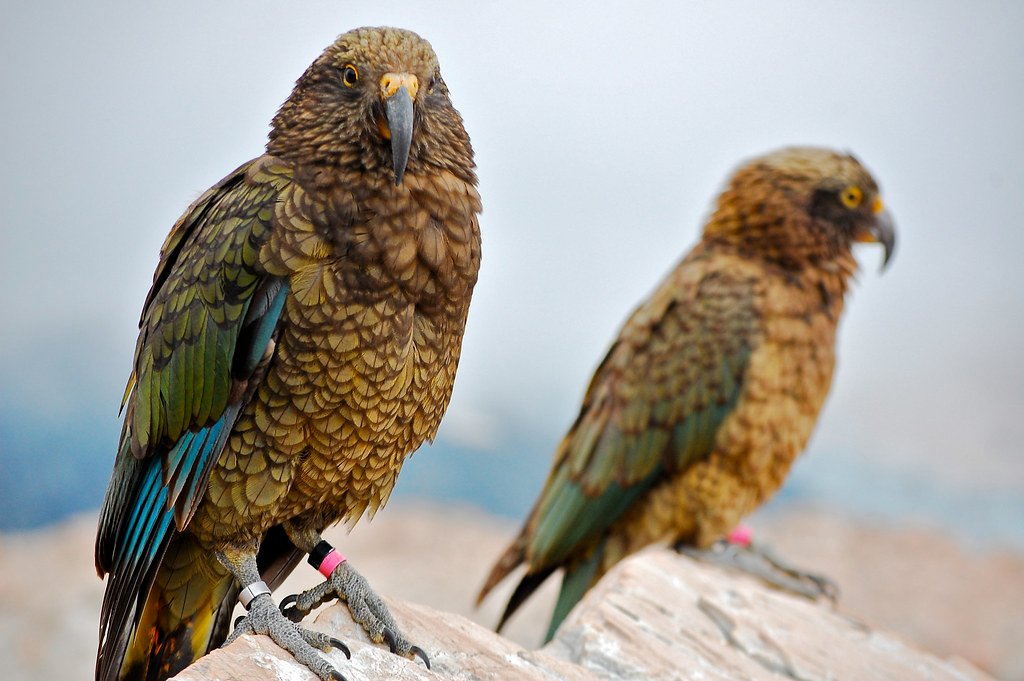
Keas, a species of parrot native to New Zealand, are known as the “clowns” of the bird world due to their playful nature and curiosity. These alpine parrots exhibit remarkable problem-solving skills, often collaborating with one another to achieve a common goal. Studies have documented keas solving complex puzzles that require teamwork, indicating a high level of social intelligence.
Tool Use in Goffin’s Cockatoo
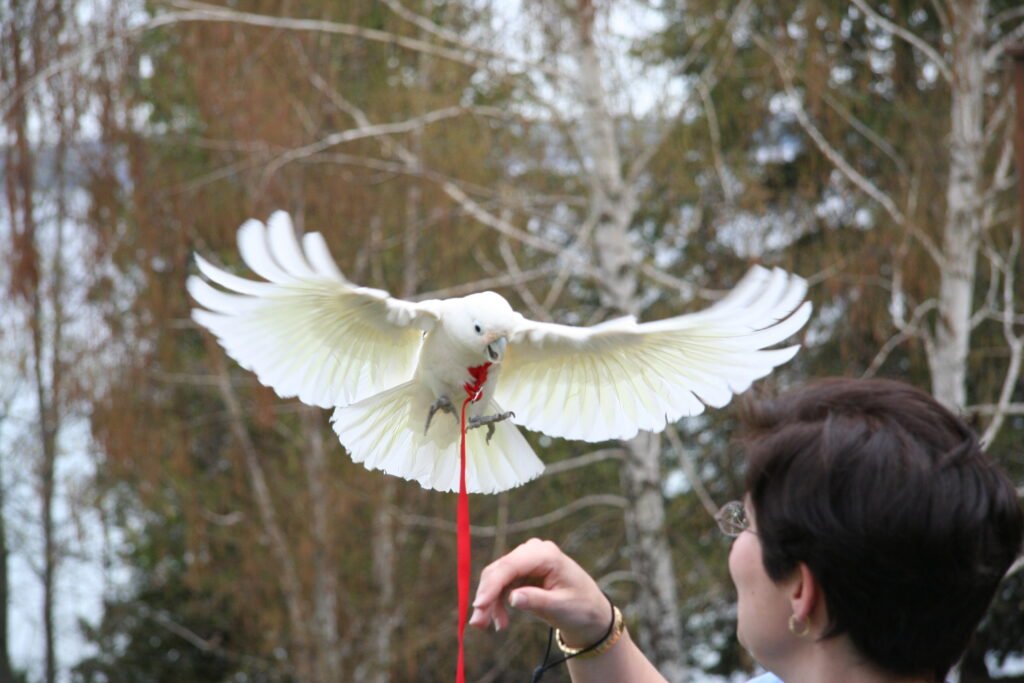
Goffin’s Cockatoos have garnered attention with their remarkable ability to create and use tools. In controlled experiments, these cockatoos have solved intricate mechanical puzzles by employing tools crafted from materials like sticks and cardboard. Their ability to spontaneously develop new solutions to obtain food has provided valuable insights into avian problem-solving skills.
Social Learning in Eurasian Jays
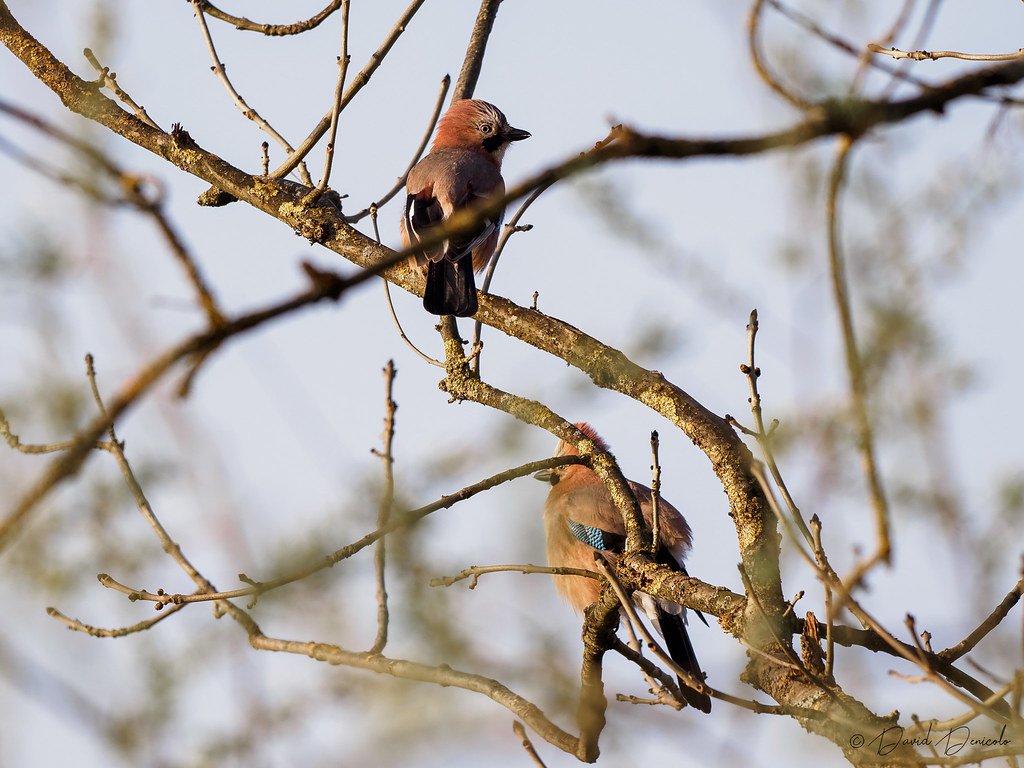
Social learning is critical to the survival of many bird species, and Eurasian Jays exemplify this phenomenon. These birds are adept at observing and learning from their peers’ successes and failures. They can even deceive potential competitors by hiding their food and outsmarting those trying to pilfer it.
The Clever New Caledonian Crow
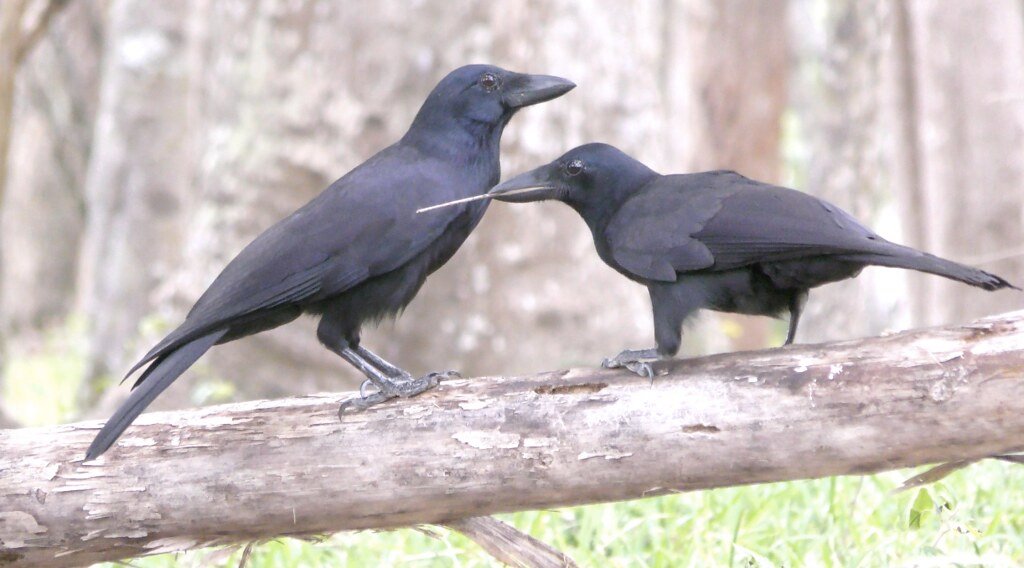
Often regarded as the most intelligent bird species, the New Caledonian Crow displays unparalleled problem-solving skills. These crows have been witnessed using a sequence of tools to achieve a task and demonstrating a grasp of rudimentary physics. Their ability to use three or more tools in a particular order to solve a problem is a rare trait shared with only a few non-human primates.
The Myth of the “Bird Brain”

The term “bird brain” has been used historically to denote a lack of intelligence, though it couldn’t be further from the truth. Bird brains, though small, are densely packed with neurons, especially in the forebrain region. This brain structure correlates with high-level cognitive functions, enabling them to perform a variety of complex tasks, including problem-solving under novel circumstances.
Adapting to Urban Environments

Birds like pigeons and sparrows are common inhabitants of urban landscapes, having adapted to exploit these environments with their wits. They demonstrate incredible flexibility and ingenuity, learning to navigate cities, locate food, and even use public transportation systems as part of their daily routines.
The Role of Play in Learning

Play behavior in birds is a significant indicator of their cognitive abilities. Species like the kea use play not only for entertainment but as a crucial element of learning. Through playful experimentation, birds learn important survival skills, develop social bonds, and enhance their problem-solving proficiency.
Memory and Navigation Skills in Homing Pigeons
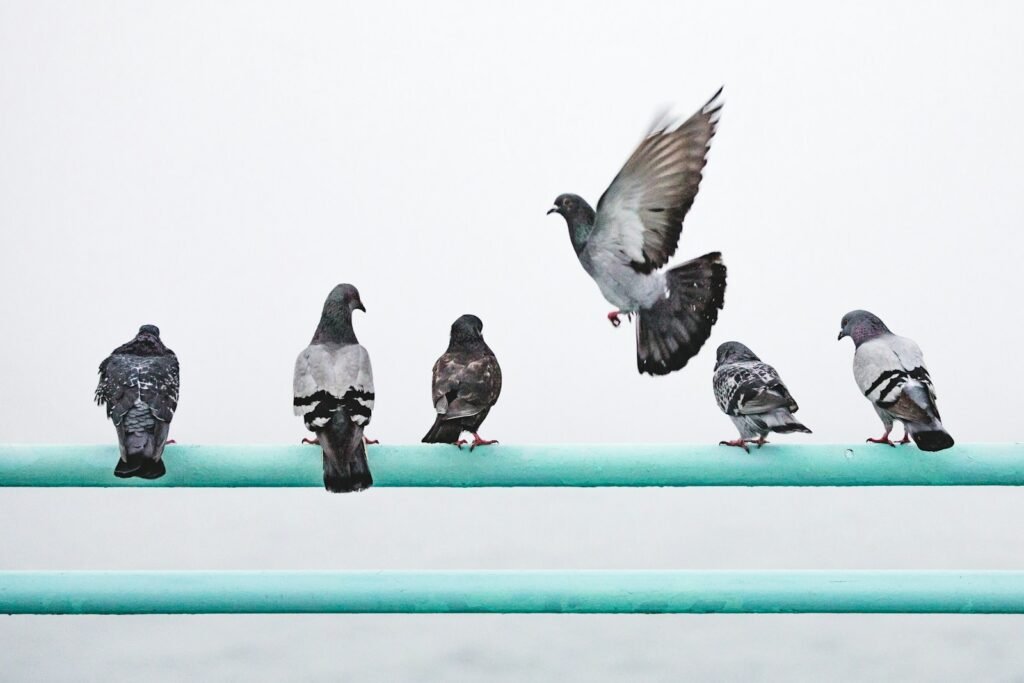
While perhaps not as renowned for their problem-solving skills, homing pigeons possess an astonishing ability to navigate vast distances with accuracy. Their impressive memory and spatial awareness allow them to return home with pinpoint precision, crossing unfamiliar terrains and using the Earth’s magnetic fields as guides.
The Intelligence of Social Structures
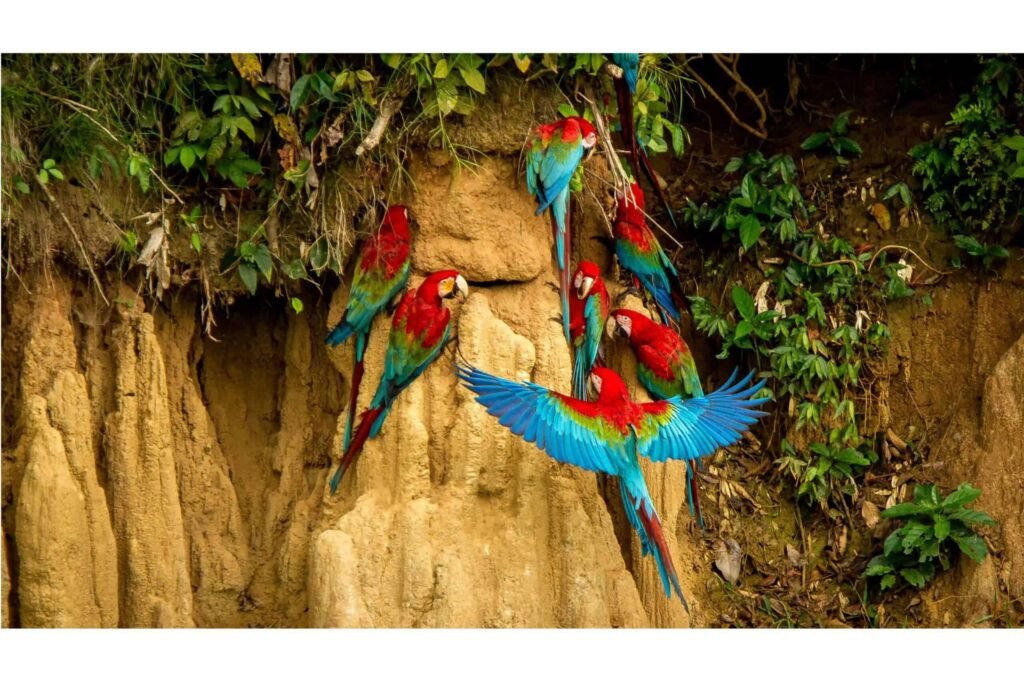
Birds that live in large social groups, such as parrots and corvids, often display higher levels of intelligence compared to solitary species. Social interaction requires birds to communicate, collaborate, and form intricate social bonds, fostering intelligence and complex problem-solving abilities.
Communication Signals Among Birds

While verbal mimicry in parrots is widely recognized, many birds possess sophisticated communication systems that signal food sources, predators, and social status. These communication signals are a testament to their cognitive abilities and the need for complex social interactions in bird communities.
Insights from Bird Intelligence Research

Research into bird intelligence has expanded our understanding of animal cognition. The studies emphasize the significant overlap between avian and mammalian intelligence, particularly in areas of problem-solving, tool use, and communication. These insights reveal the evolutionary paths of intelligence and challenge our understanding of the animal mind.
Implications for Conservation Efforts

Recognizing the intelligence of birds not only fascinates us but also has critical implications for conservation efforts. Intelligent birds, often vulnerable to habitat loss and climate change, need tailored conservation strategies that account for their complex behaviors and ecological niches.
Conclusion: The Bright Minds of the Avian World

The world of bird intelligence is a testament to nature’s ingenuity, showcasing creatures that defy what we thought we knew about animal capabilities. As science continues to uncover the depths of avian intelligence, it becomes increasingly clear that birds are not just mere creatures of instinct but hold cognitive abilities that intrigue and inspire. By appreciating and conserving these intelligent beings, we can ensure that their remarkable skills continue to enchant future generations.




